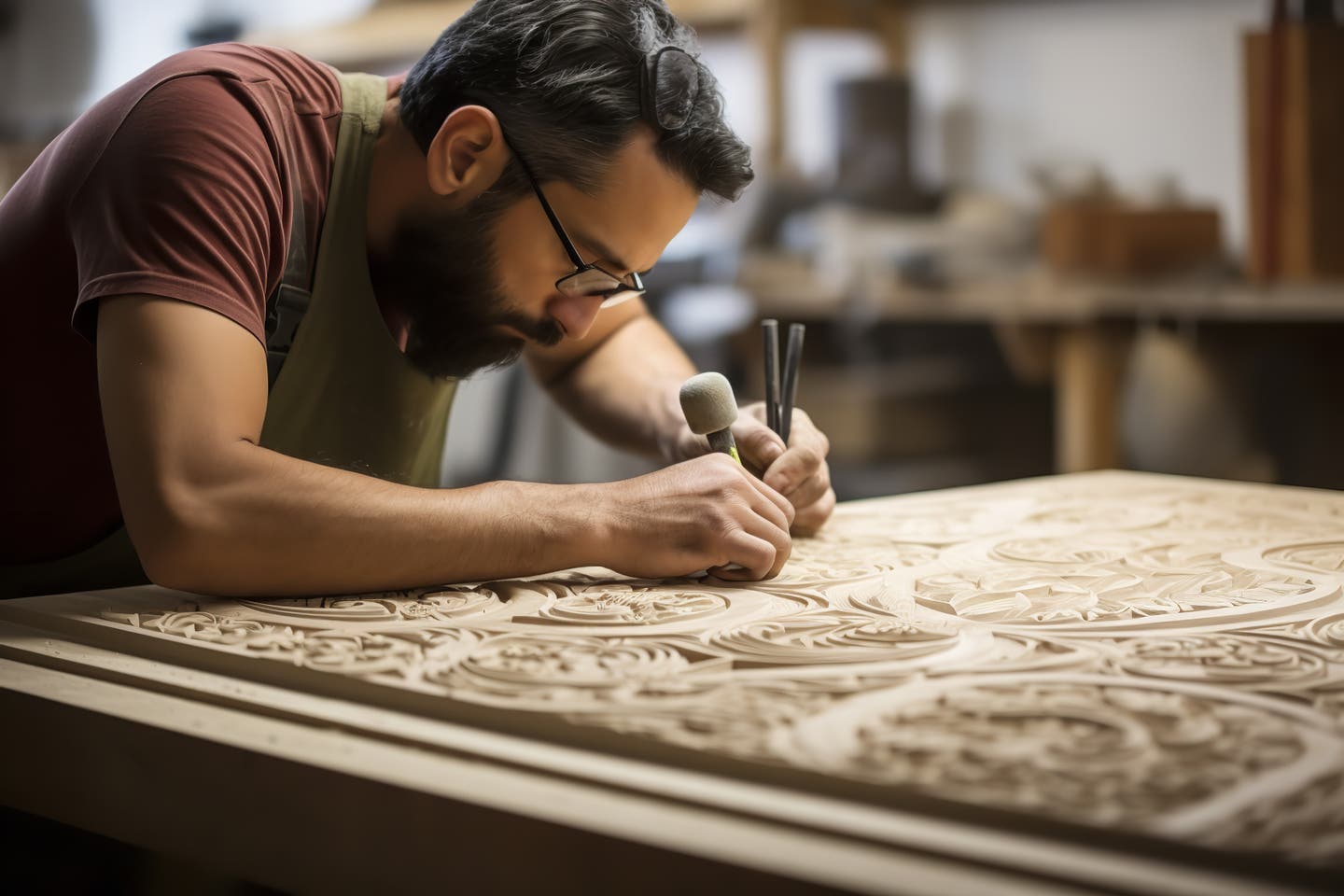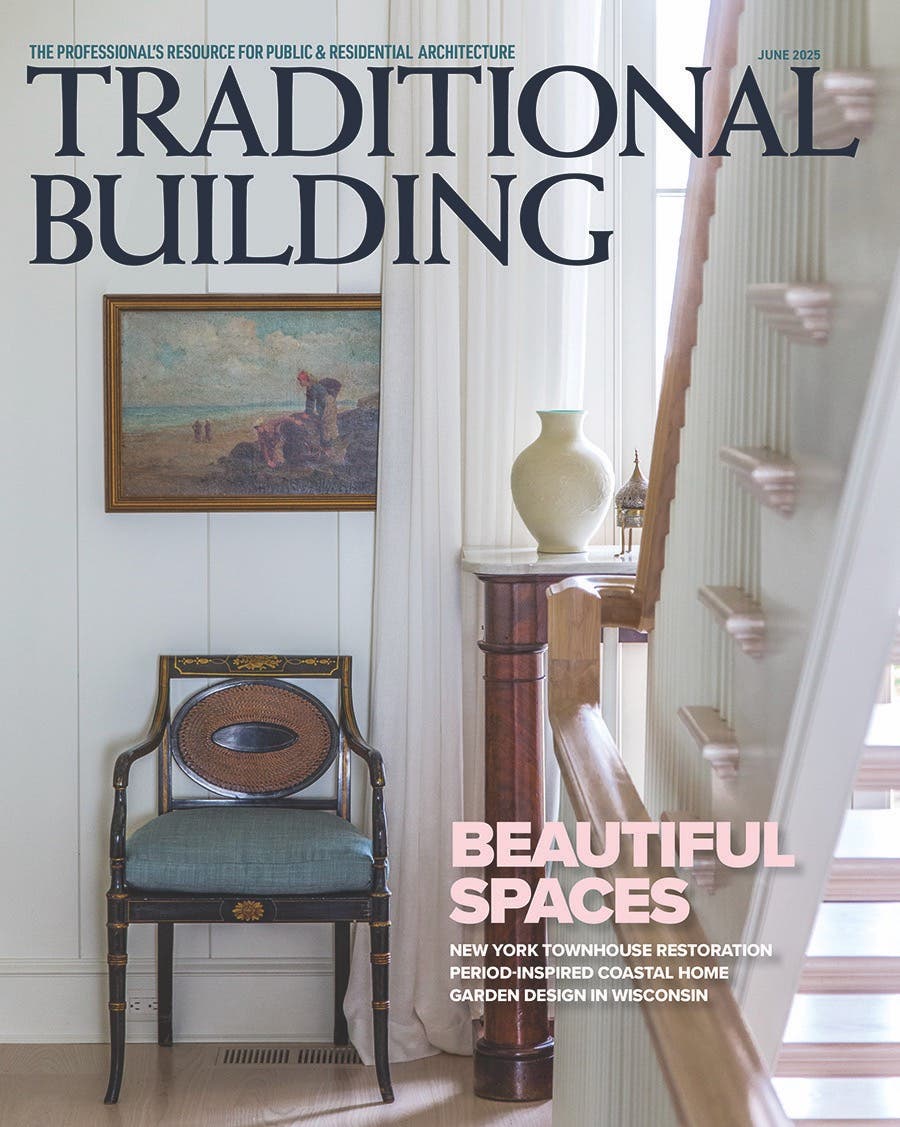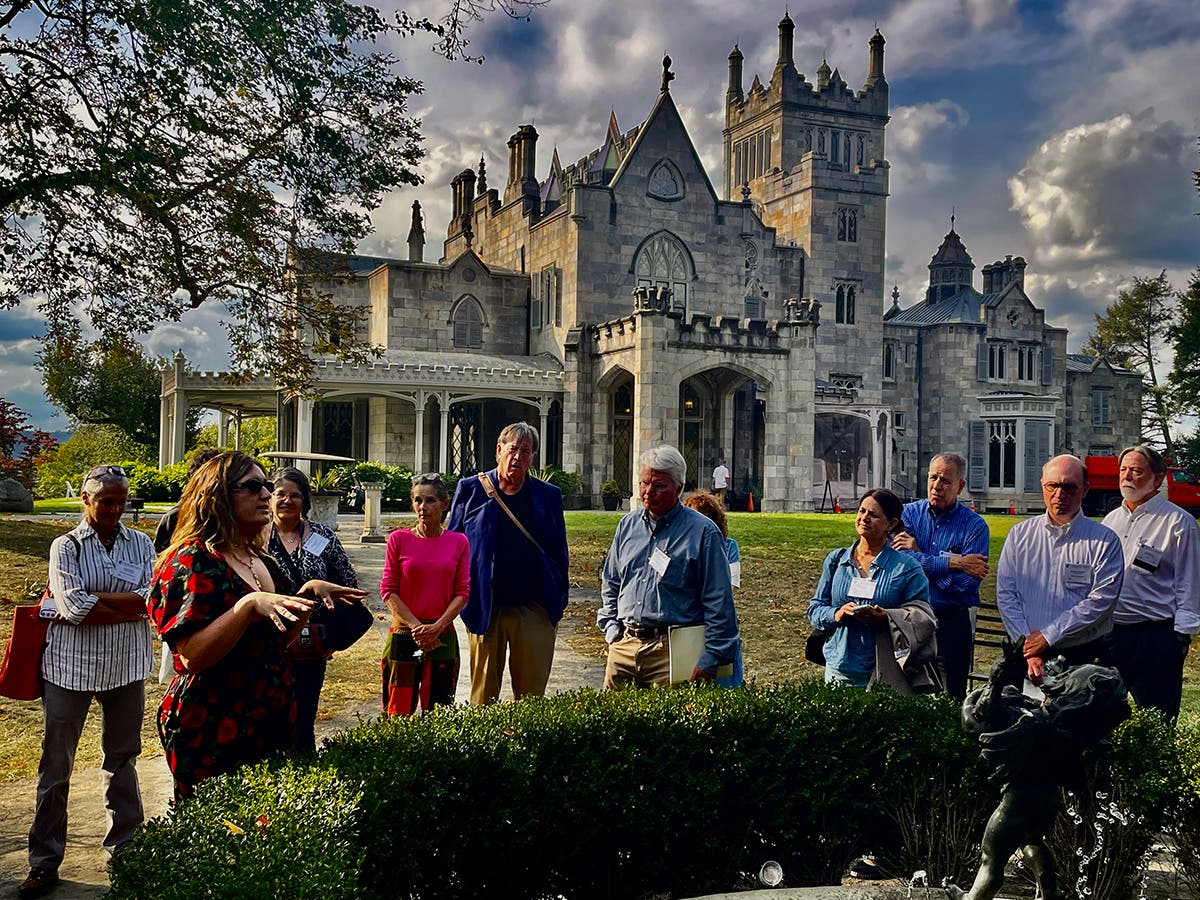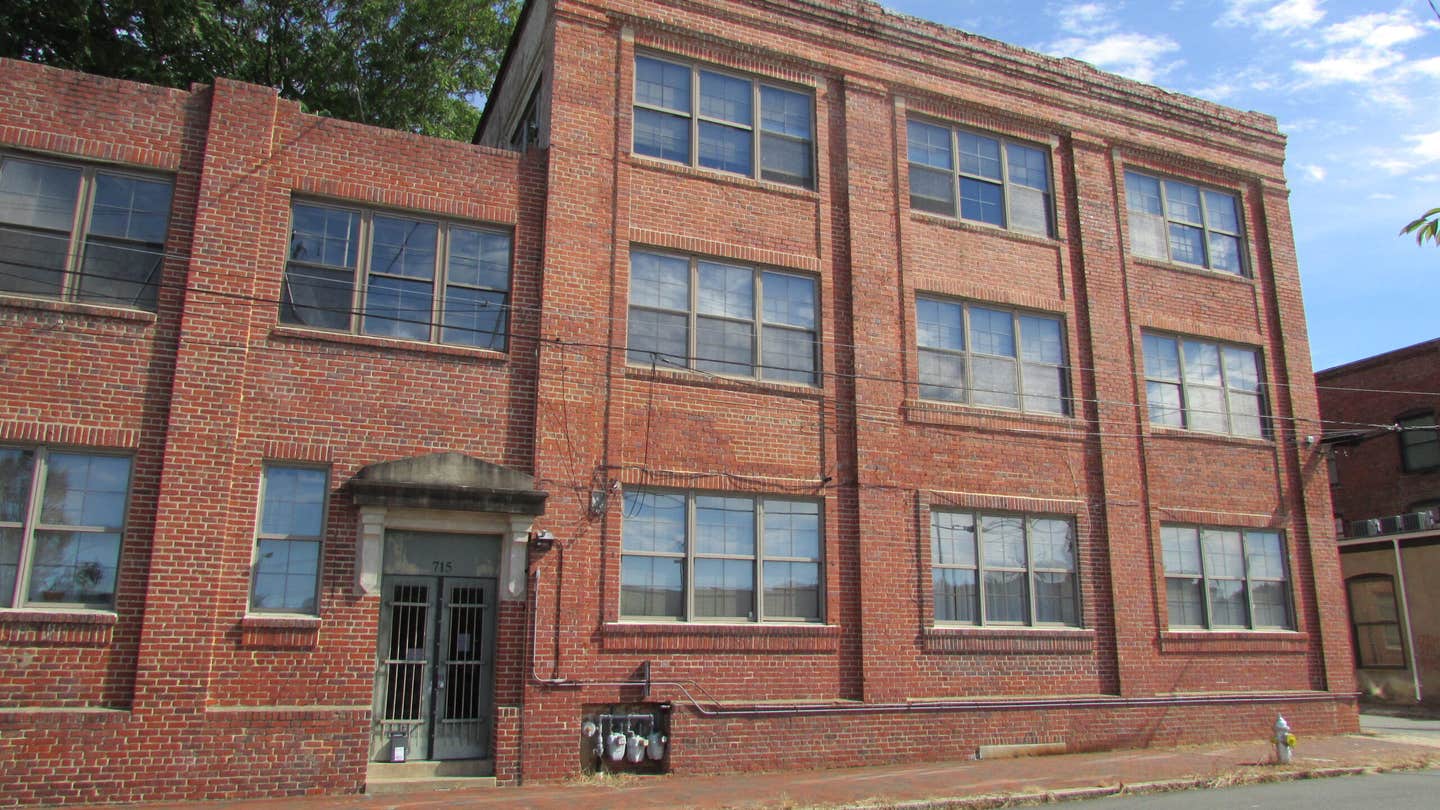
Peter Miller
Trade Schools and the Building Arts: an Alternative Education for the Gen Z Toolbelt Generation
We are all alarmed by the shortage of skilled labor in construction. The NAHB’s Home Building Institute “Construction Labor Market Report” tells us that the construction industry needs 723,000 new workers each year to meet the demand for new residential construction, which represents 3.2 million of the construction payroll employment of 7.9 million.
The number of open construction sector jobs currently averages between 300,000 to 400,000 every month. Homebuilders and remodelers report shortages in carpentry and 16 other trades. The lack of skilled labor in construction is one reason why housing costs so much.
But I’ve read two relevant articles recently which give me hope, one from the New York Times (NYT) and the other the Wall Street Journal (WSJ). Are problems an opportunity? Taken together these two stories make me think so.
“Why Americans Have Lost Faith in the Value of College” from the WSJ reports that “confidence in higher education fell from 57% to 36% according to Gallup. A decline in undergraduate enrollment since 2011 has translated into 3,000,000 fewer students on college campuses. Two-thirds of high school students think they will be just fine without a college degree.”
I’m not celebrating the decline in college enrollment. But according to the WSJ, “Gen Z is becoming the toolbelt generation” largely because high schoolers are opting out of a four-year degree and choosing vocational education and trades apprenticeships instead. “The number of vocational-focused community colleges rose 16% last year, the highest level since the National Student Clearing House began tracking this data. Students studying construction trades rose 23% during that same time,” reports WSJ.
According to the ADP Payroll services provider, “the pay rate for construction workers rose 5.1% last year while the pay rate for professional service hires rose only 2.7%. Demand for trade apprenticeships has boomed lately.”
Gen Z has already been labeled “the Maker Generation,” 20-somethings who find satisfaction working with their hands, doing something physically that gives them a sense of completion. It is also the generation who has branded everything from coffee to contraptions as “hand-crafted.” Working with your hands is gaining prestige versus sitting at a computer all day in a “professional” job.
“After covid, young people realized that the trades are a life-sustaining career path. The skilled trades are reliable and well-paid,” according to the WSJ. Indeed, the return on investment for an expensive college education, one that was disrupted by the pandemic and piled on student debt, is now under serious scrutiny by both parents and high-school kids. As younger trades people enter the construction workforce the median age among carpenters has gone from 43 to 40 years old.
Younger workers have also been drawn to the trades because of their entrepreneurial potential. And new technologies, in plumbing and electric for example, have “shined up” these vocations.
I saw hope for the next generation of skilled craftspeople on my visit to the American College of the Building Arts last fall. And enrollments at preservation trade schools like North Bennet Street and Historic Windsor are growing. Slowly but surely, with a boost from 20-something Gen Zs, we just might improve the skilled labor shortage problem that plagues our construction industry.
Peter H. Miller, Hon. AIA, is the publisher and President of TRADITIONAL BUILDING, PERIOD HOMES and the Traditional Building Conference Series, and podcast host for Building Tradition, Active Interest Media's business to business media platform. AIM also publishes OLD HOUSE JOURNAL; NEW OLD HOUSE; FINE HOMEBUILDING; ARTS and CRAFTS HOMES; TIMBER HOME LIVING; ARTISAN HOMES; FINE GARDENING and HORTICULTURE. The Home Group integrated media portfolio serves over 50 million architects, builders, craftspeople, interior designers, building owners, homeowners and home buyers.
Pete lives in a classic Sears house, a Craftsman-style Four Square built in 1924, which he has lovingly restored over a period of 30 years. Resting on a bluff near the Potomac River in Washington, D.C., just four miles from the White House, Pete’s home is part of the Palisades neighborhood, which used to be a summer retreat for the District’s over-heated denizens.
Before joining Active Interest Media (AIM), Pete co-founded Restore Media in 2000 which was sold to AIM in 2012. Before this, Pete spent 17 years at trade publishing giant Hanley Wood, where he helped launch the Remodeling Show, the first trade conference and exhibition aimed at the business needs and interests of professional remodeling contractors. He was also publisher of Hanley Wood’s Remodeling, Custom Home, and Kitchen and Bath Showroom magazines and was the creator of Remodeling’s Big 50 Conference (now called the Leadership Conference).
Pete participates actively with the American Institute of Architects’ Historic Resources Committee and also serves as President of the Washington Mid Atlantic Chapter of the Institute of Classical Architecture & Art. He is a long-time member of the National Trust for Historic Preservation and an enthusiastic advocate for urbanism, the revitalization of historic neighborhoods and the benefits of sustainability, including the adaptive reuse of historic buildings.









